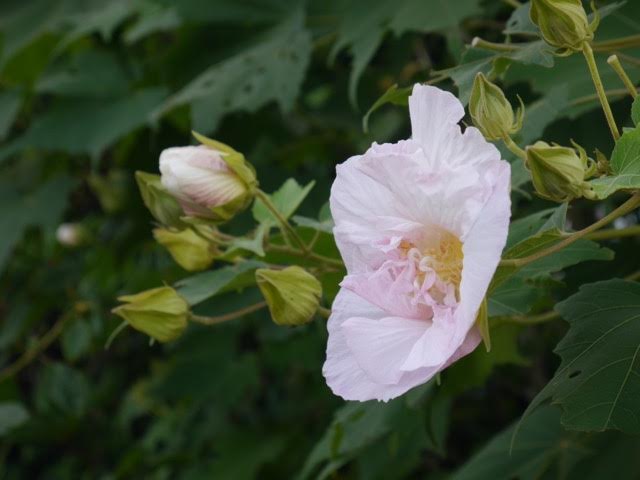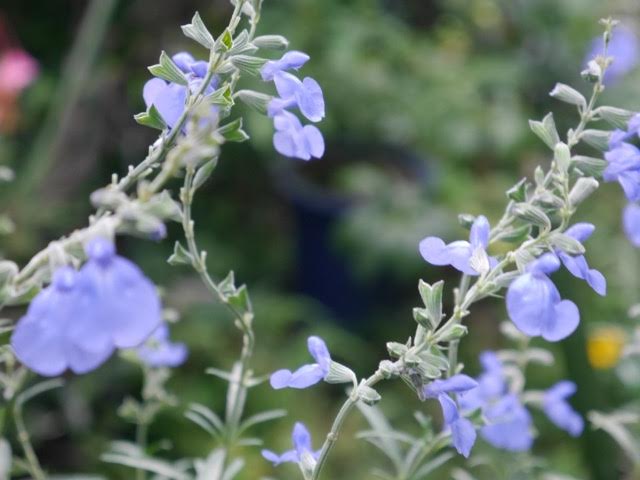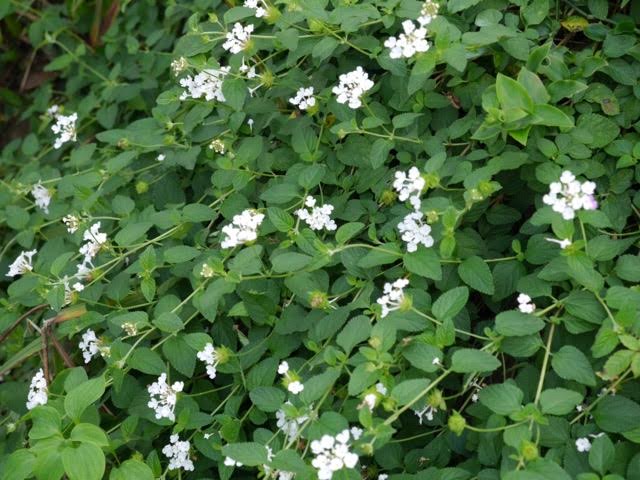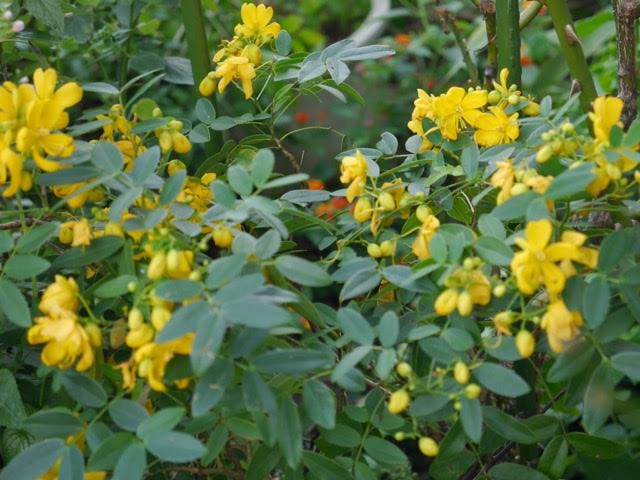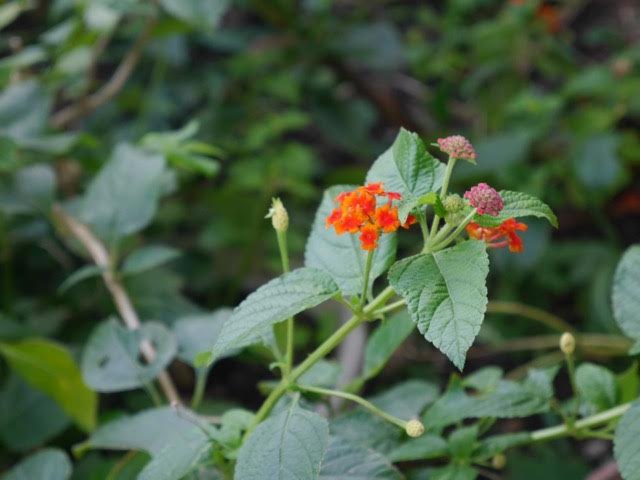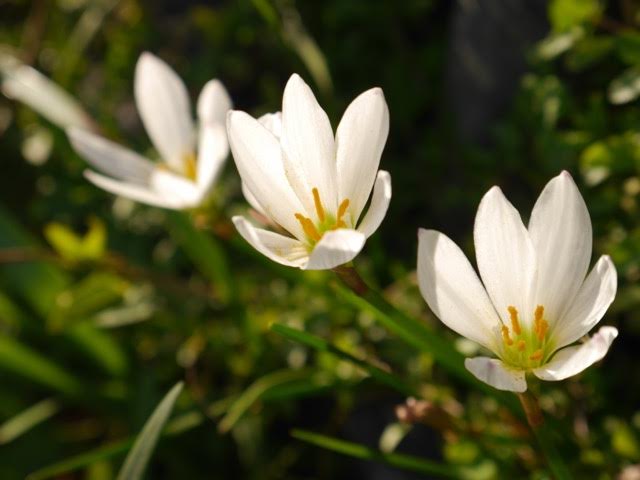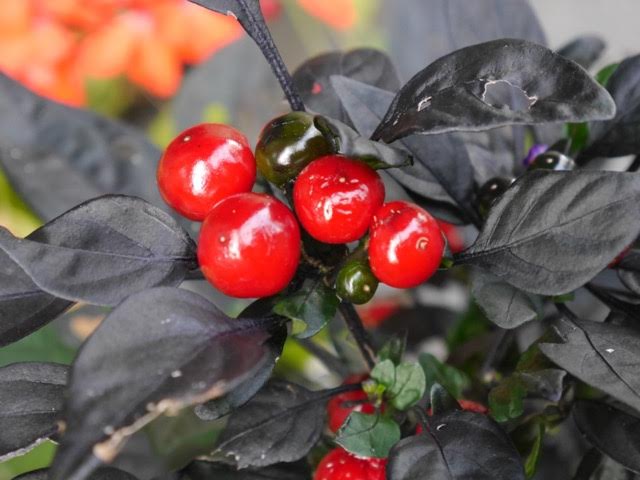Good morning!
We have a bright beautiful morning with crisp cool air at the time of the equinox, neither hot nor chilly, higan, nirvana, beyond vicissitudes. We had good news of the Nobel Prize being awarded to ICAN, the International Campaign to Abolish Nuclear Weapons, a couple days ago. ICAN was encouraged by the hibakushas, nuclear survivors, who got over five million signatures to ban nukes. They want to get hundreds of thousand of signers to realize it.
All living beings are on the brink of nuclear war and winter, two and half minutes before the end of the world according to the Doomsday Clock, especially when North Korea and the U.S. are threatening each other with nuclear weapons. This is the most urgent and greatest danger for all living beings. Global warming, mass extinction, etc., are also threatening. If we continue this trend, we cannot continue.
Following this news was the Nobel Prize Committee’s announcement of its literature prize for Kazuo Ishiguro, a Japanese English, who said at his interview that his work is mostly derived from Japanese heart, and that his works would contribute to peace. I think the heart of Japan is peace and harmony as expressed in Shotoku Taishi’s Seventeen Article Constitution and the Peace Constitution, which declares that Japan renounces wars and weapons.
The heart of Japan derives from the Heart of Perfection of Prognosis, the Heart Sutra, and Buddhist ideals based on nirvana, no-wind of karma, and the prognosis gained in it. Anyone, regardless of age, gender, race, etc., can attain theses things with sitting still, stilling karma, seeing dharma, serving, and saving all. Seeing dharma is setting physical, verbal, and mental forms (dharmas), systems, societies, and star systems according to the truth/law (Dharma).
10/7/17
Note 1: Prince Regent Shotoku’s Seventeen Article Constitution (604 C.E.) is unique in the prognosis of human nature and prescribing for it. It says, “Harmony is holy (respectable)” (1st article), “respect the Triple Treasure of the Awakened, the Dharma, and the Sangha” (2nd article), because “we are all commoners” (6th article). Commoners (bompu is the translation of the Pali putthu-jana; its Sanskrit translations are pṛthag-jana, separately born, and pṛthu-jana, mass births) are karma-heirs, -owners, -machines, and -refuged, thus need to cultivate to decrease bad karmas and increase good karmas in the Awakened Way in nirvana and awakening-prognosis. This constitution is the first one with fundamental codes of conduct to cultivate human nature and contribute to all beings with the Ten Precepts (no killing, no stealing, no falsehood – similar to the Ten Commandments, but not commandments, rather lessons to learn for leading life according to them), etc. The Code of Humrabi (1754 B.C.E.) relates to family relations, social relations, and business relations such as “an eye for an eye” (Gandhi said this would make the whole world blind) in the karma world. The Constitution of the U.S (1789 C.E.) was originally only about the government, later added with the restrictions of the government on individuals, also in the karma world.
Note 2: The following pictures were recently sent by Mr. Noriyuki Otsuka, photo contributor to our site, living in Izu, Japan:
.
Sui-fuyo, drunken hibiscus, changing color from white to pink, as if drunken
Fuyo stands for lotus, mizu-fuyo, water fuyo
Kusa fuyo, American hibiscus or rose mallow is called kusa-fuyo, herbal lotus
Mukuge, rose of Sharon, tree hibiscus, is close and can be grafted.
Bidanashi, cloth from its fiber , is used for summer wear.
.
Japanese Seji, common sage or garden sage, is a part of a larger family of sage, salvia,
came from French sauge
Blue sage
..
Kobana lantana, small flower lantana
.
.
Andesu-no-otome, Andean girl, hana-senna, senna flower, Cassia corymbosa (Senna corymbosa)
.
.
.
Shichihenge, lit. seven transformation, lantana, is due to its varied flower colors
and its color changes in time.
.
.
No-botan, wild peony (paeonia suffruticosa), malastomataceae or melastomaceae)
.
.
Tamasudare, ball screen, Zephyranthes, West-wind flower, is also called rain-lily
due to its blooming at rain moistening its bulbs.
.
.
Kikyo, platycondon grandiflorus, balloon flower
.
Tougarashi, Capcium, pepper (green pepper, red pepper, etc., were mistakenly called pepper, piper nigrum, black pepper, due to the Columbus’s mistaking of America as India and taking them as peppers, but they are actually different species. Sweet kinds, amamishu, sweet kinds, amami-togarashi, sweet peppers, or karā-togarashi, colored peppers, like pīman, piment (Fr.) pimento (Sp.), paprica, are named differently, thought called bell pepper also in English, but they are in the same species.)
. .
.



